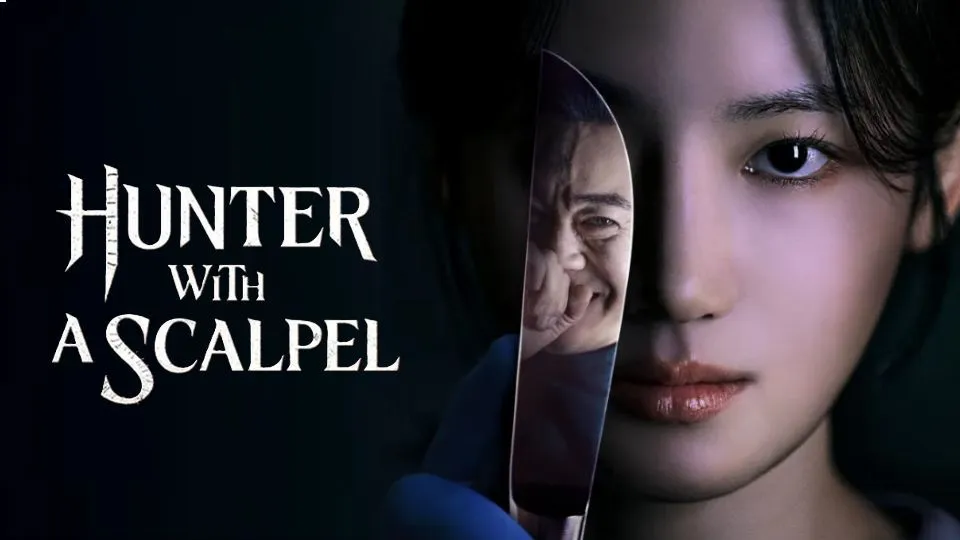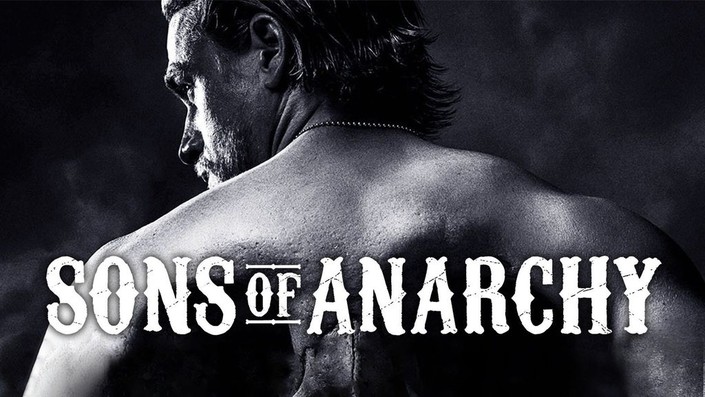In a city where dreams are stolen, only a child’s courage can restore what’s lost
The City of Lost Children (1995), directed by Jean-Pierre Jeunet and Marc Caro, is a gothic, surrealist masterpiece that merges science fiction with dark fantasy. Visually stunning and narratively dreamlike, the film crafts a dystopian tale in a world where the most precious resource isn’t oil or gold—it’s dreams.
The story centers on Krank, a mad, artificially-created man who cannot dream. To survive, he kidnaps children to steal theirs, hoping to experience what he never could. In his nightmarish floating laboratory, Krank is assisted by a cast of grotesque figures—clones, a brain in a tank, and a blind cult. But one child proves too resilient for his plan.

Enter One, a simple-minded but strong circus strongman, played by Ron Perlman, who sets off on a desperate quest to rescue his little brother Denrée, one of the kidnapped. Along the way, he teams up with Miette, a fiercely intelligent orphan girl with a quick tongue and a skeptical heart. Together, they unravel a city of freakish science, cruel logic, and broken innocence.
The film’s aesthetic is a marvel: fog-choked streets, twisted mechanical creations, and a color palette of greens, rust, and shadows. Its world is as emotionally haunting as it is visually hypnotic—echoing themes of lost innocence, identity, and the search for love in a world without warmth.
The City of Lost Children isn’t just a fairy tale for adults—it’s a visual poem about memory and connection. Beneath its eccentric surface lies a surprisingly tender heart, reminding us that even in a world ruled by nightmares, hope can be stitched back together—one dream at a time.

-1755054813-q80.webp)

-1750393184-q80.webp)
